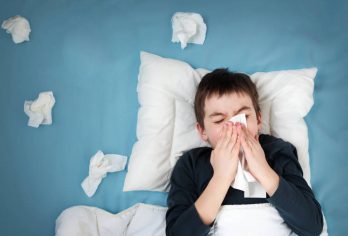Although it is not an incredibly common disease, lupus can strike children at elementary age or in their teenage years, making it something of which parents should be aware of. With the correct treatment from a trusted pediatrician, lupus can be well-controlled, but it requires great vigilance on the part of both parents and health care providers.
What Is Lupus?
Lupus is a chronic autoimmune disease, which means that the body attacks itself. Although the symptoms of lupus may come and go in a series of flare-ups and remissions, the disease is not contagious, and children can still attend school and participate in as many other activities as are possible even while dealing with lupus.
The cause of lupus is not currently known, but it could be genetic in nature or could be related to a variety of environmental stressors or pollutants. Exact symptoms depend on the individual child and may often mimic the symptoms of a different disease. Therefore, it requires a skilled pediatrician, possibly working with a rheumatologist, to diagnose lupus. Some of the most common symptoms include the following:
- -Fatigue
- -Poor appetite and weight loss
- -Swollen joints
- -Aches and pains
- -Fever
- -Butterfly-shaped rash on cheeks
- -Mouth ulcers
- -Headaches
- -Hair loss
How Prevalent Is Lupus in Pediatric Populations?
Approximately 1.5 million Americans have lupus, and, of these people, approximately 20 percent of them developed the disease before they were 20. Lupus is rarely diagnosed before the age of 5. In addition, 90 percent of lupus patients are females.
How Can Pediatric Lupus Be Treated?
It can be challenging to get a lupus diagnosis because of the non-specific symptoms. However, once a lupus diagnosis is in place, it is important that the child receives treatment immediately to reduce overall damage to the body’s organs. Medications are typically the first line of defense and are specifically chosen to reduce inflammation in the body, to suppress the immune system and to control pain. Your pediatrician may also be able to recommend at-home lifestyle changes, such as exercises and dietary plans, that could help.
Will Lupus Continue into Adulthood?
As a chronic disease, children diagnosed with lupus will still have the disease in adulthood. However, it should be fairly well-controlled by this point, and individuals should be used to managing symptoms and medications. Many patients are able to enjoy healthy and happy futures by seeking quick and complete treatments.




